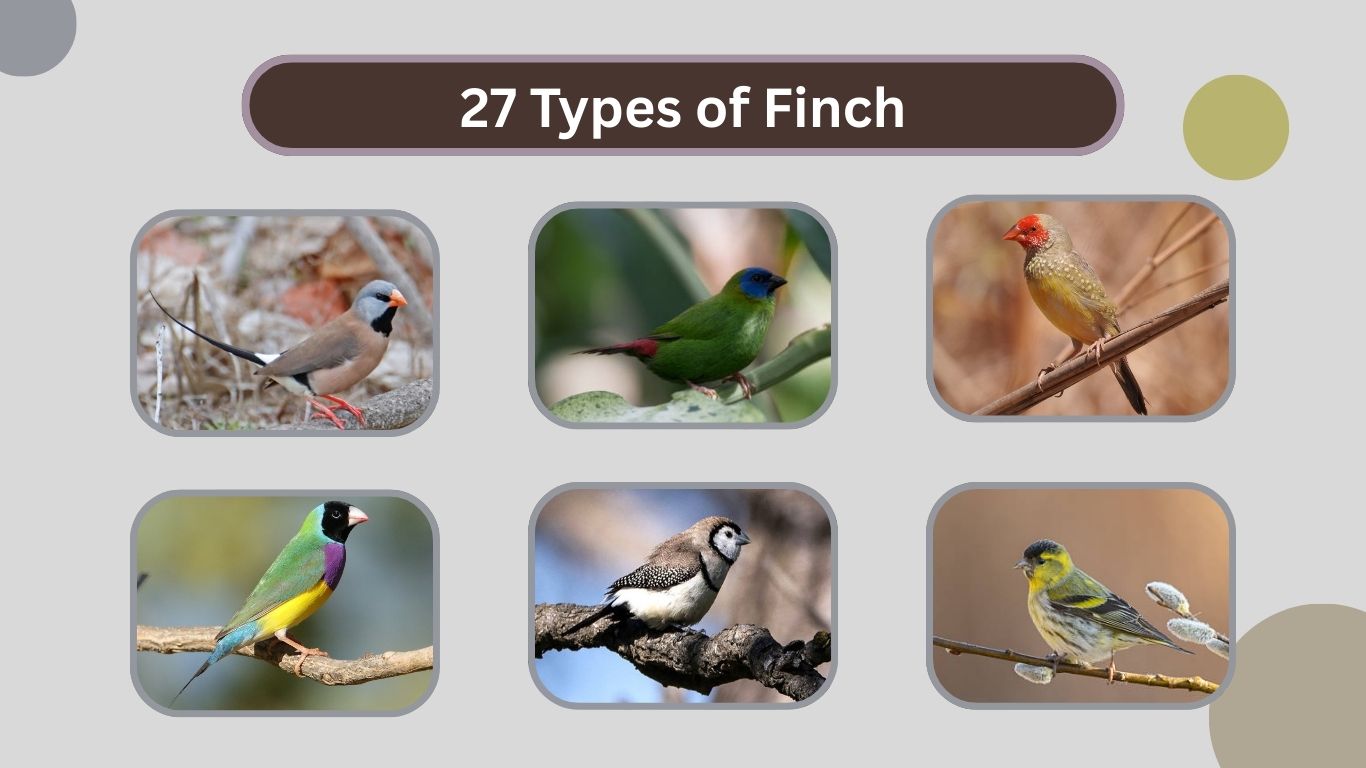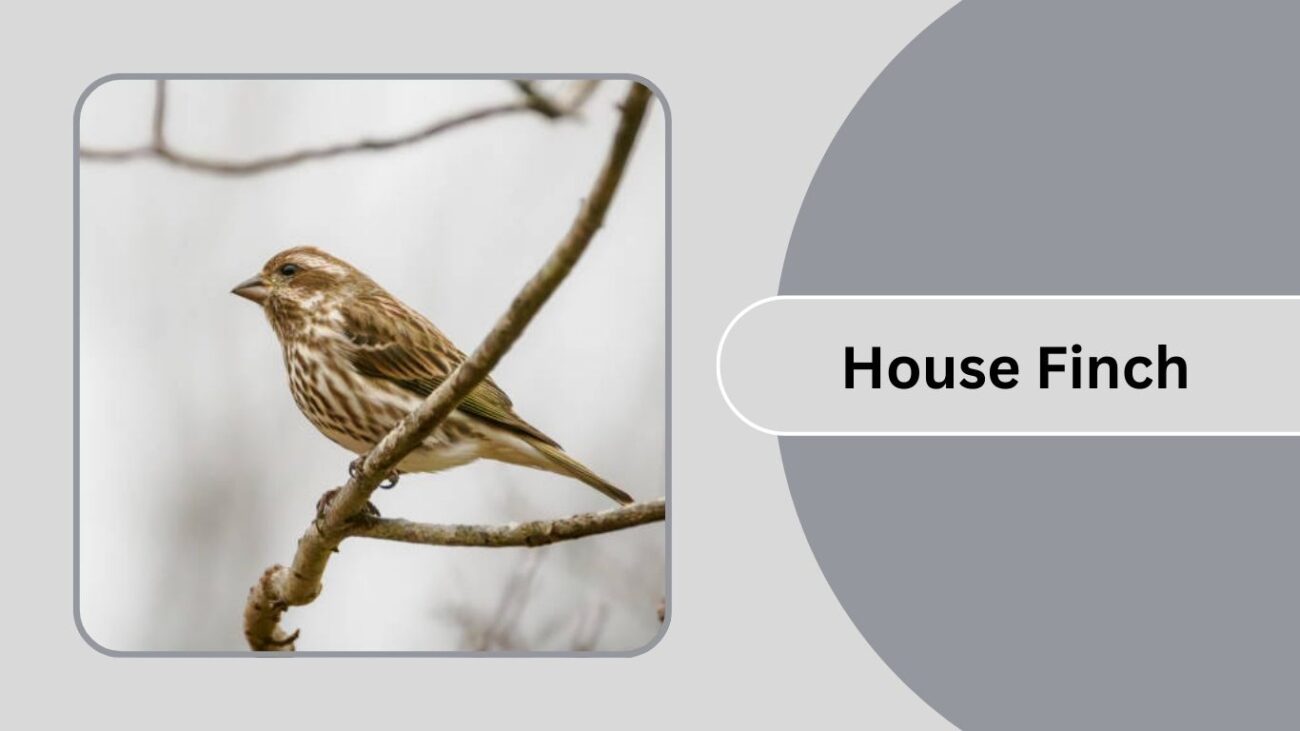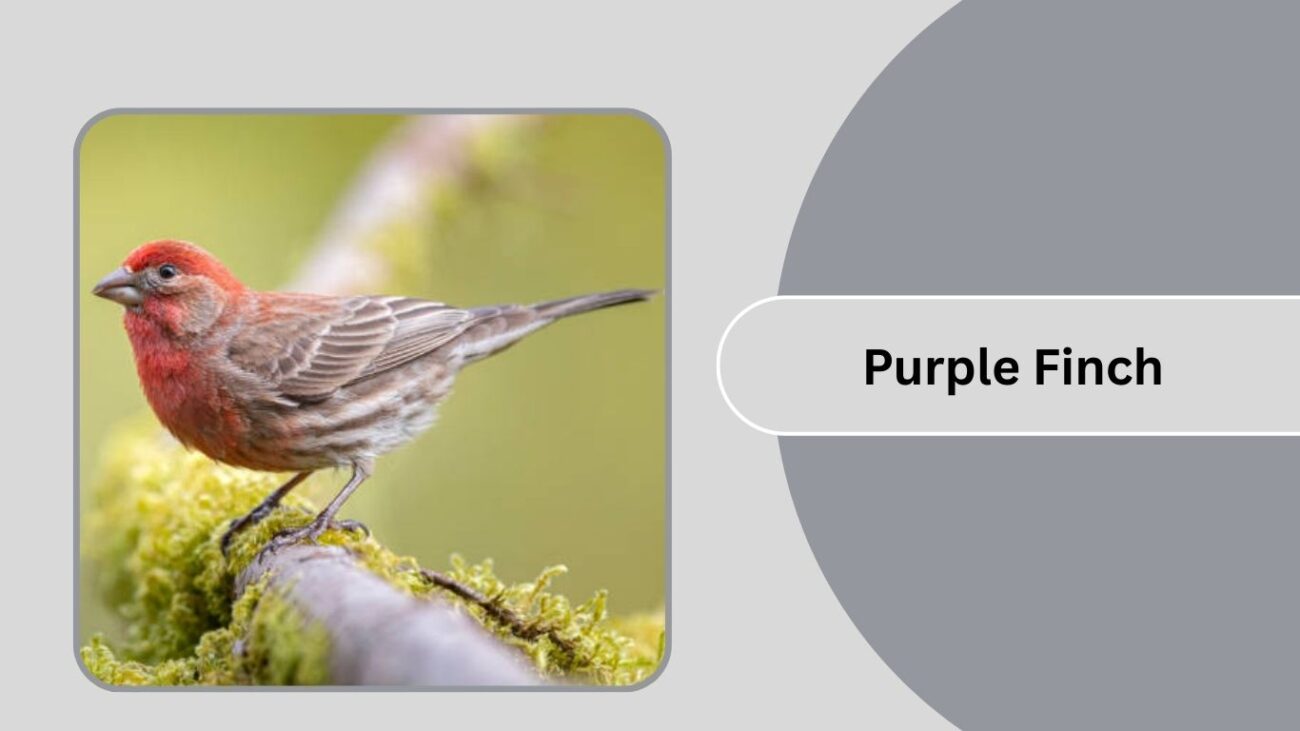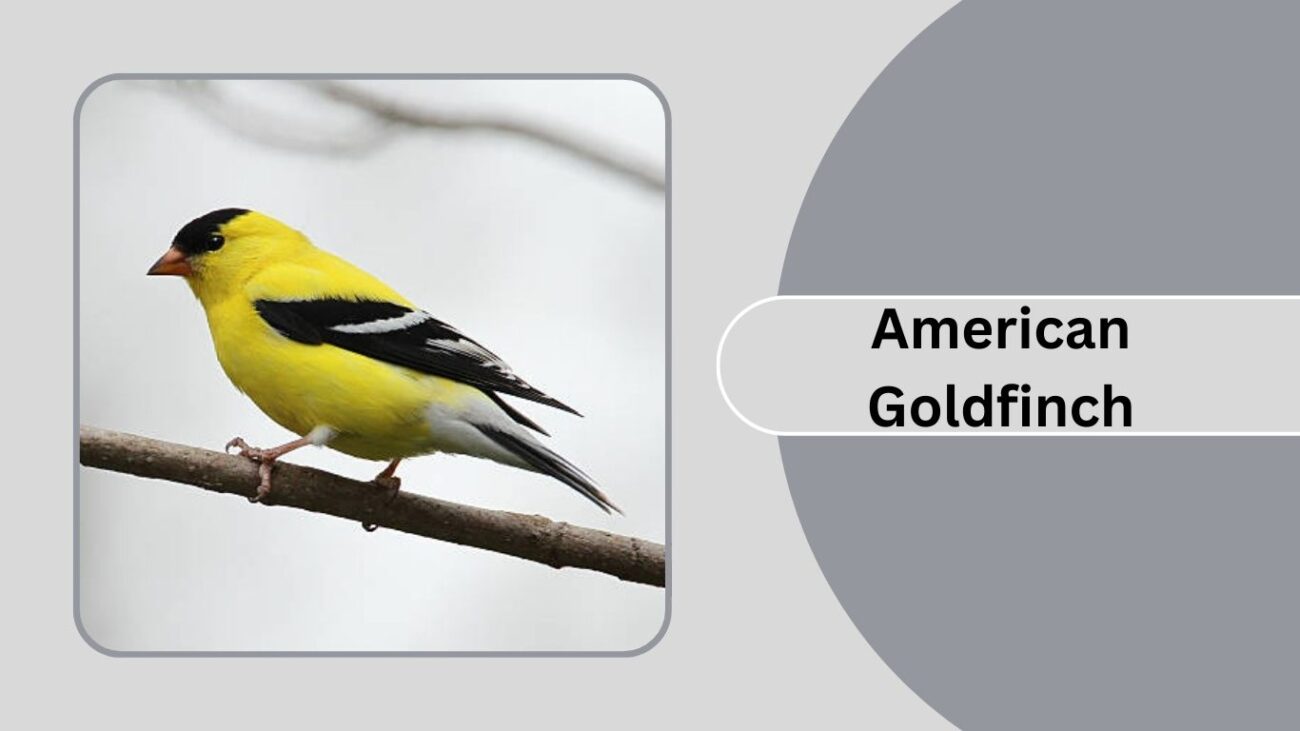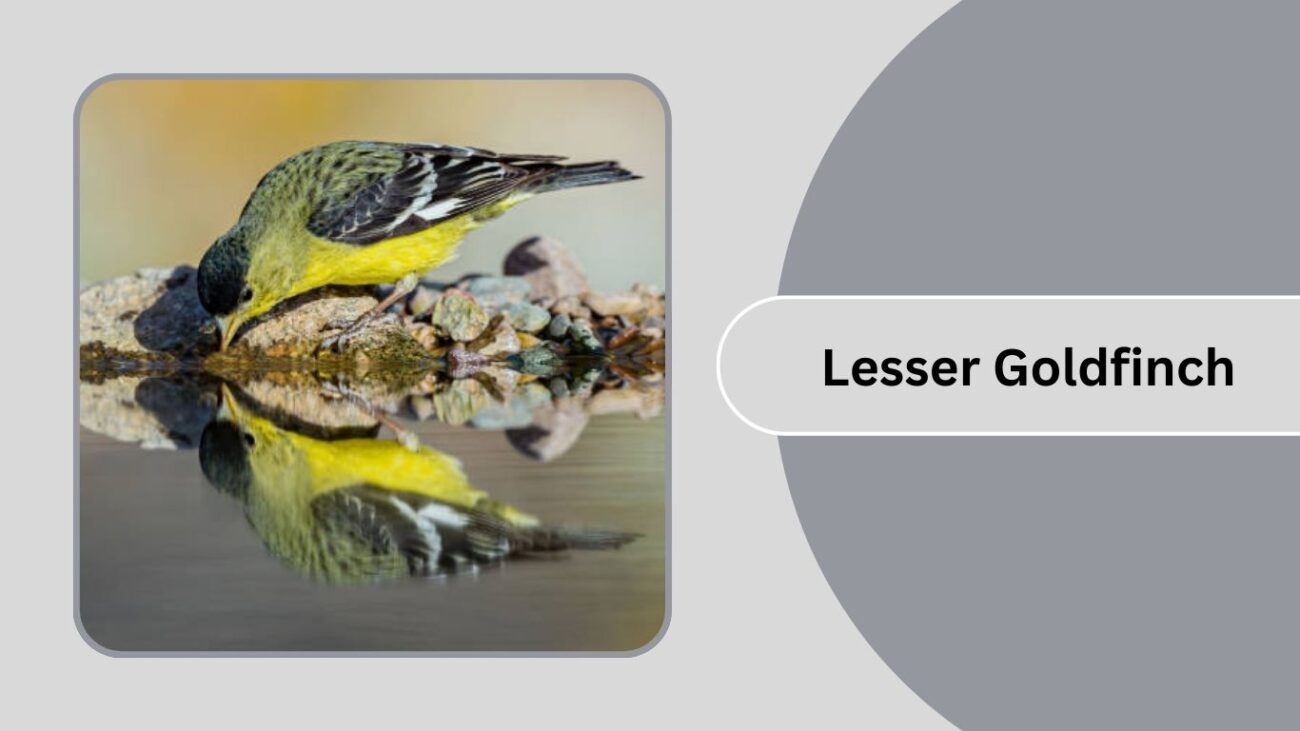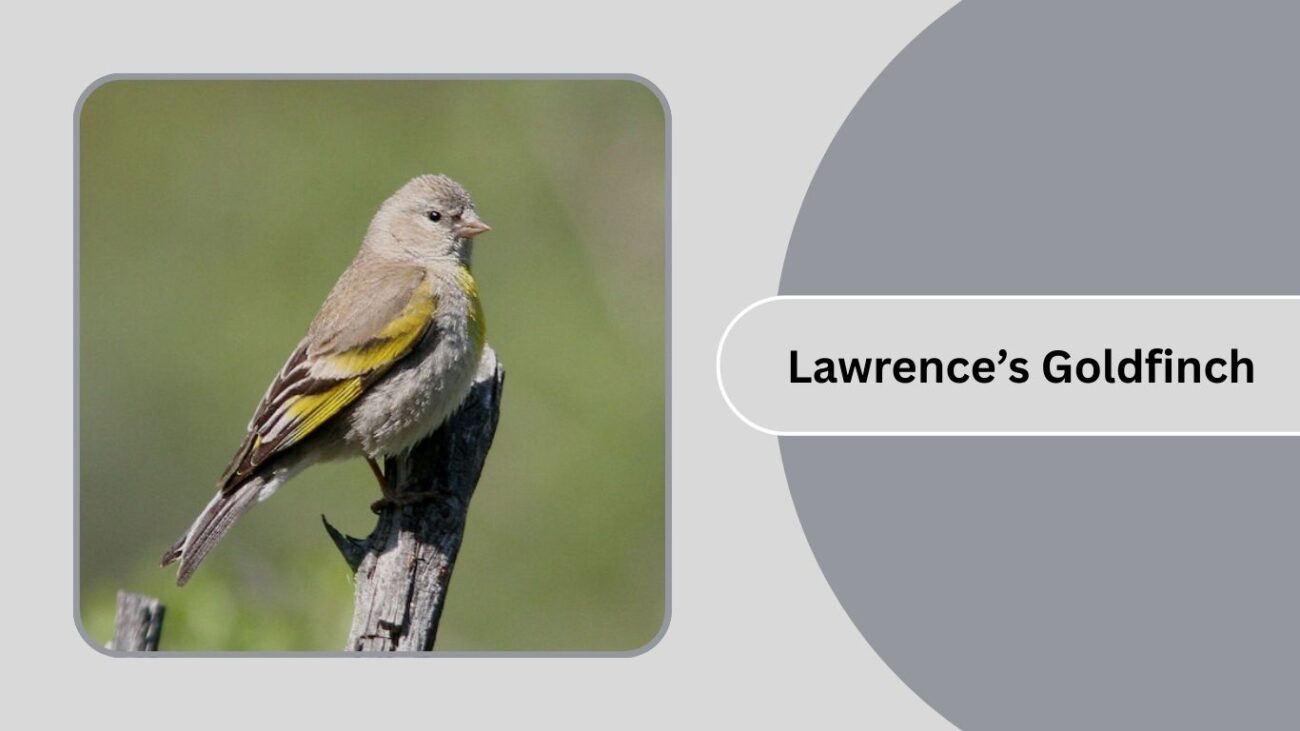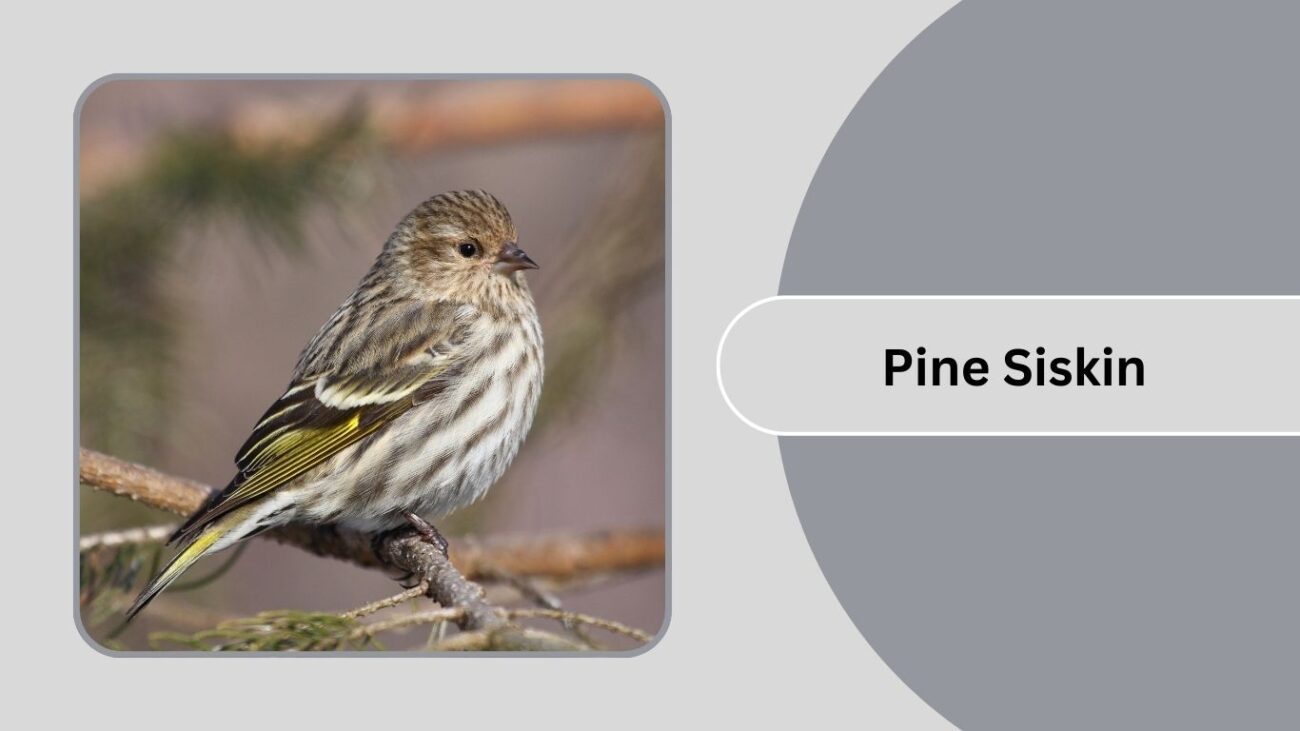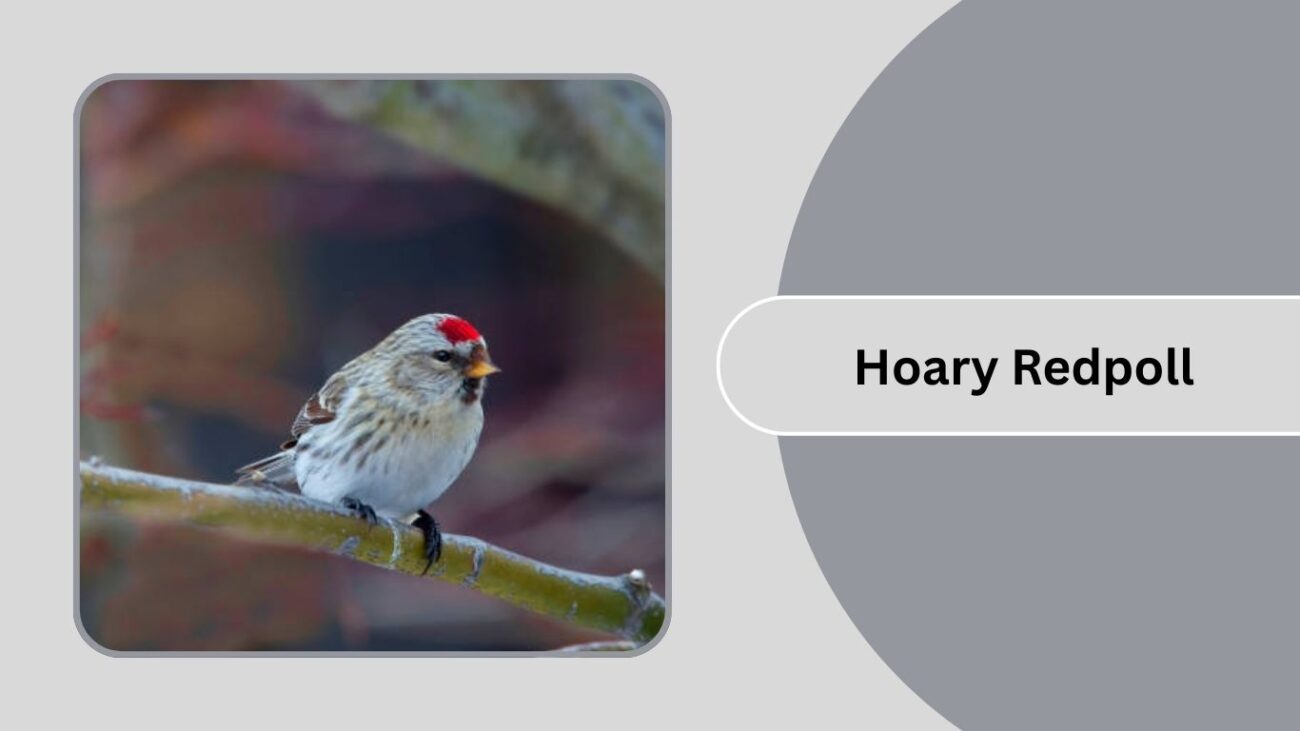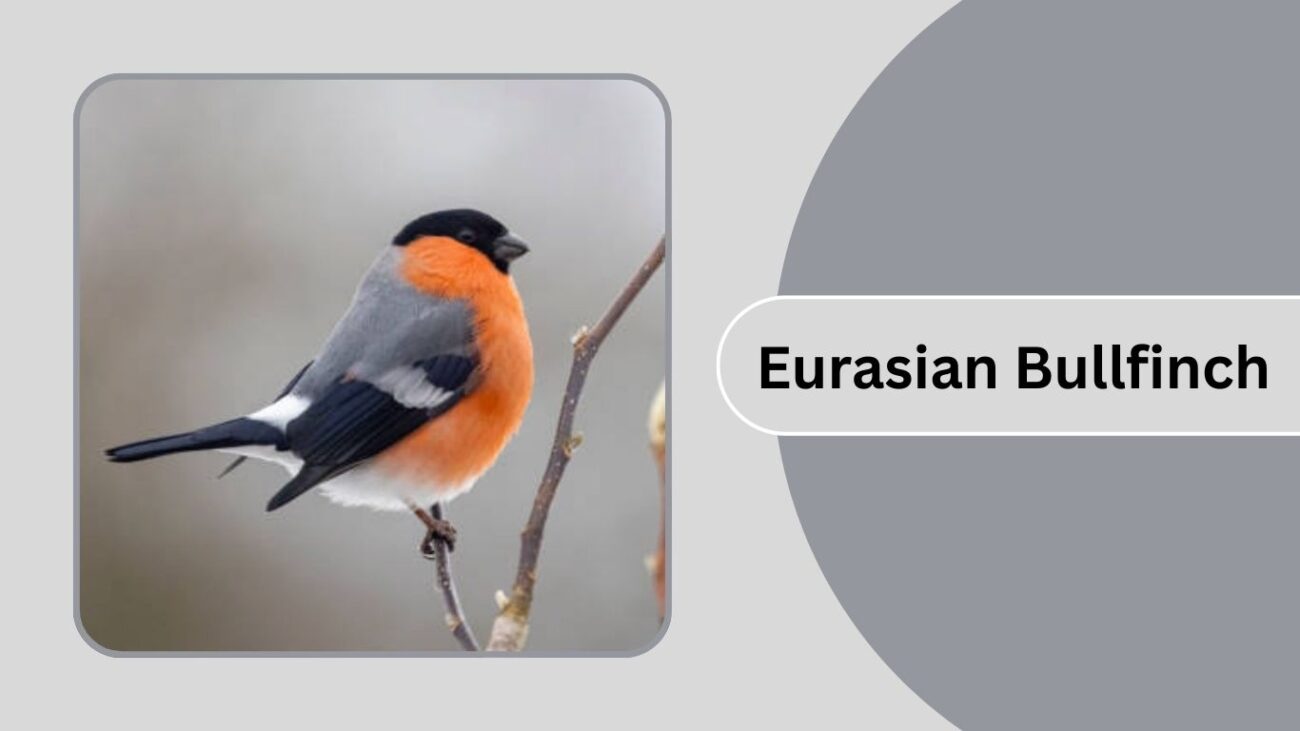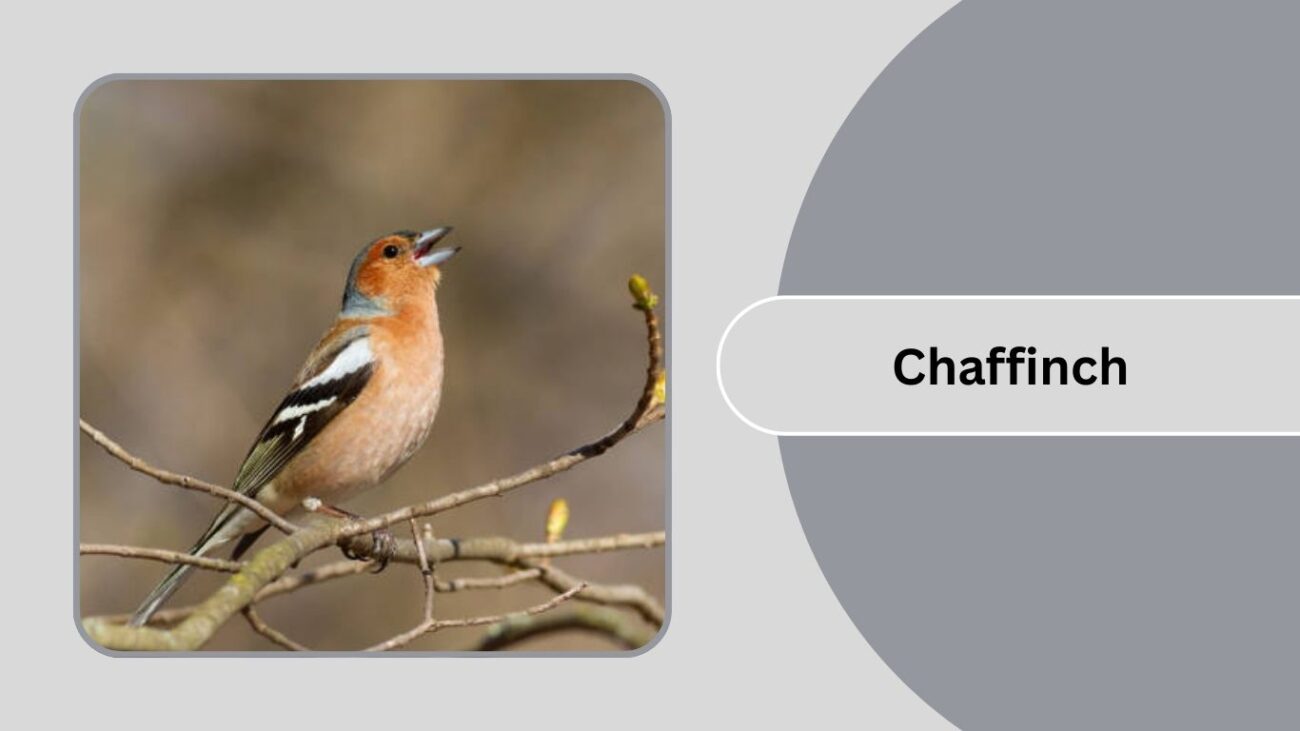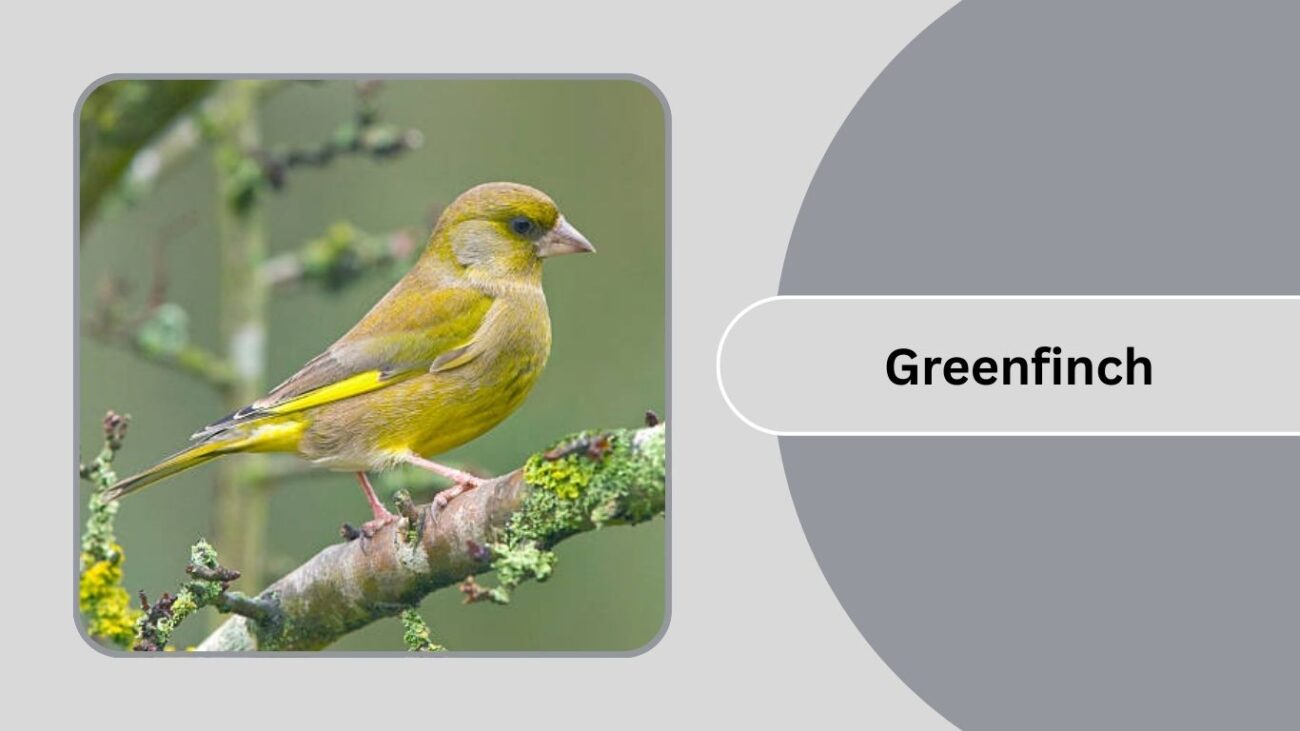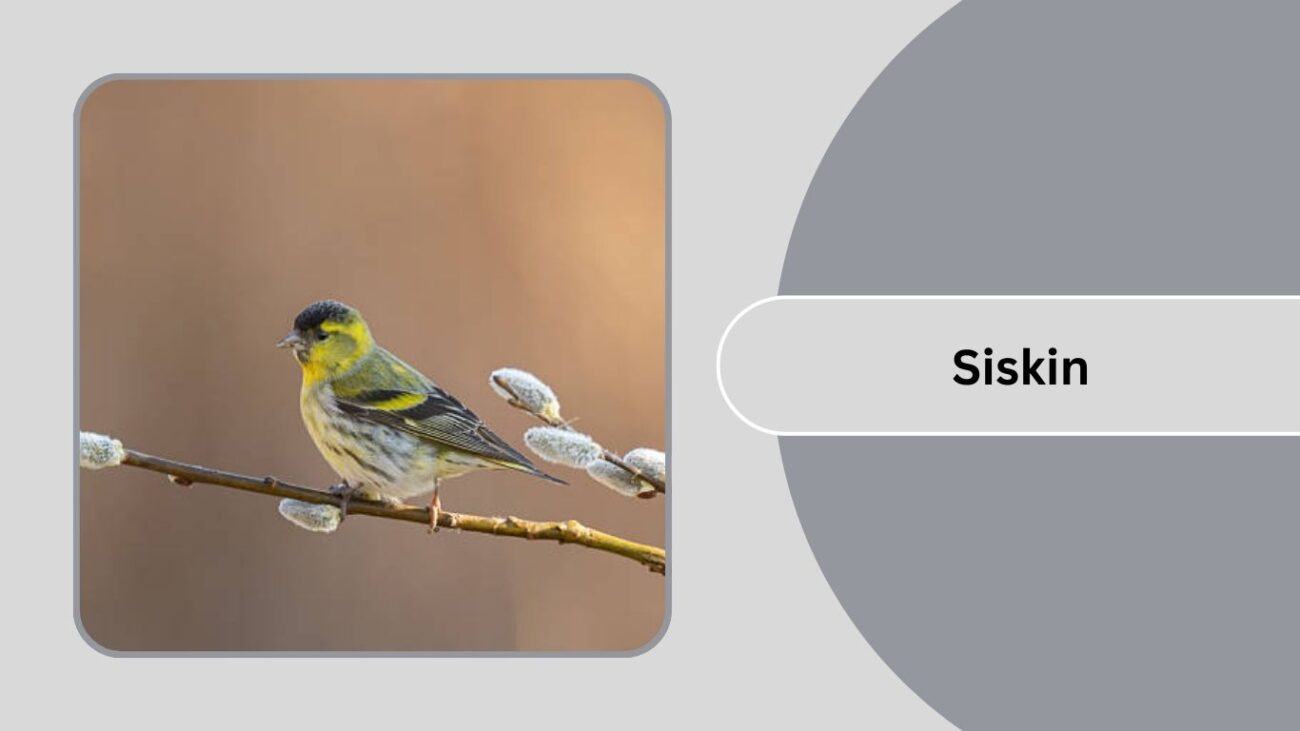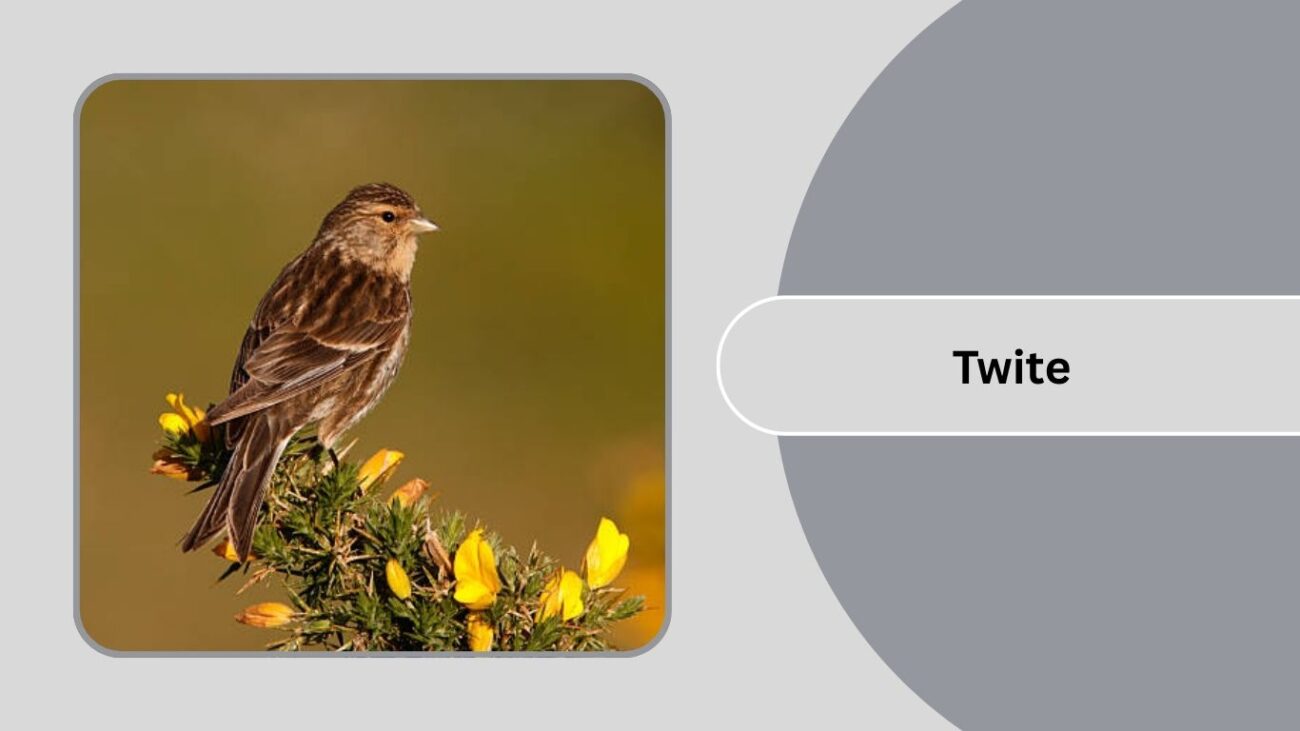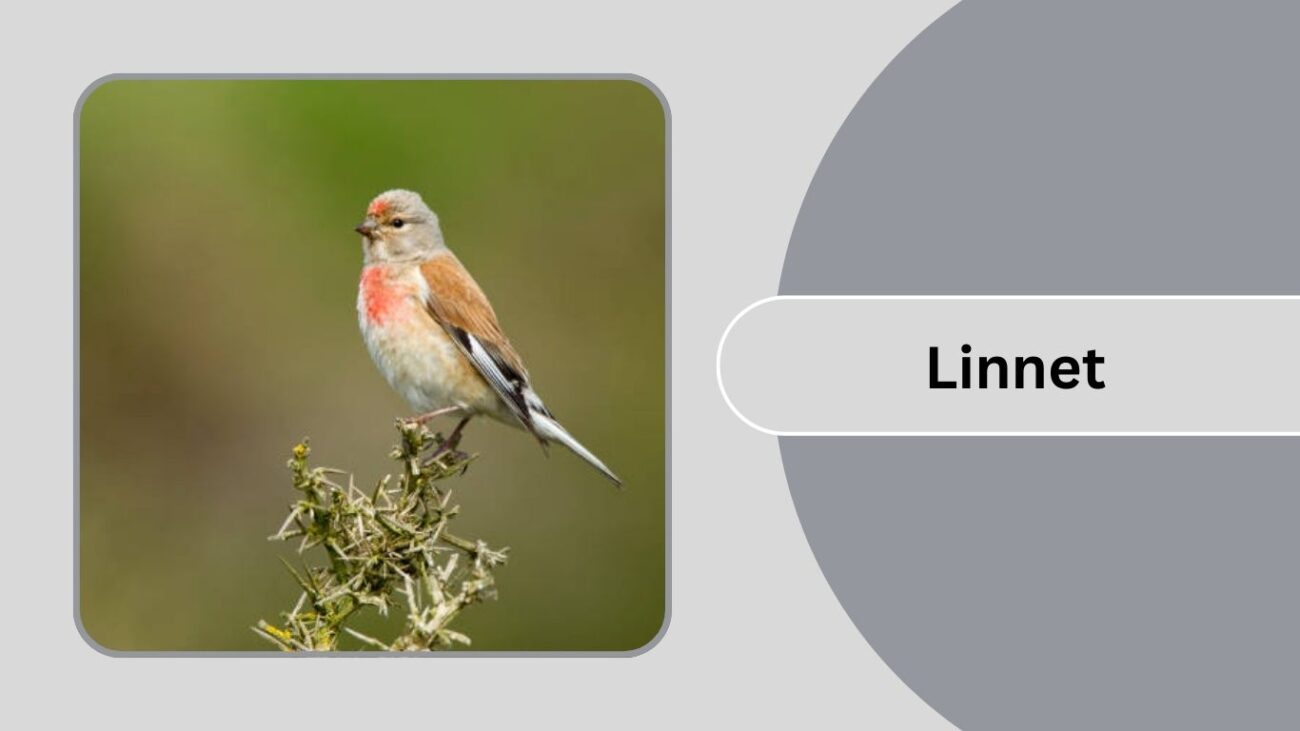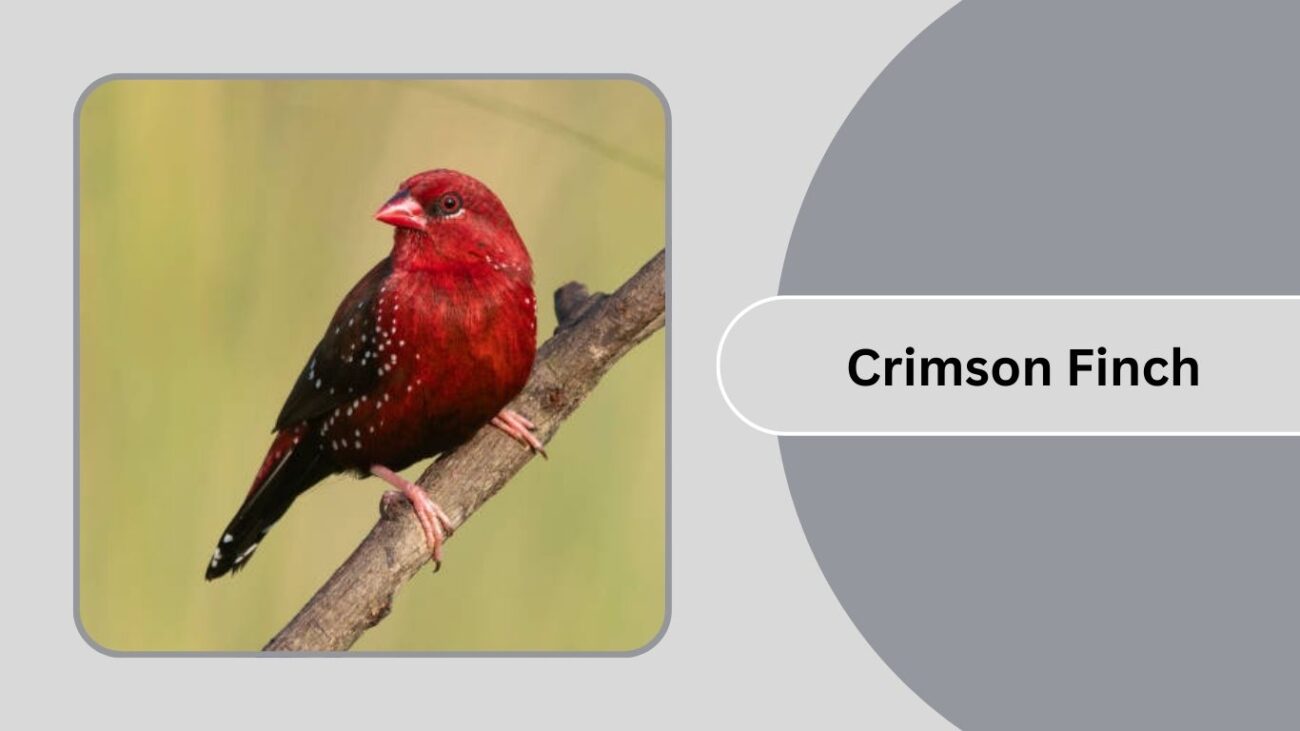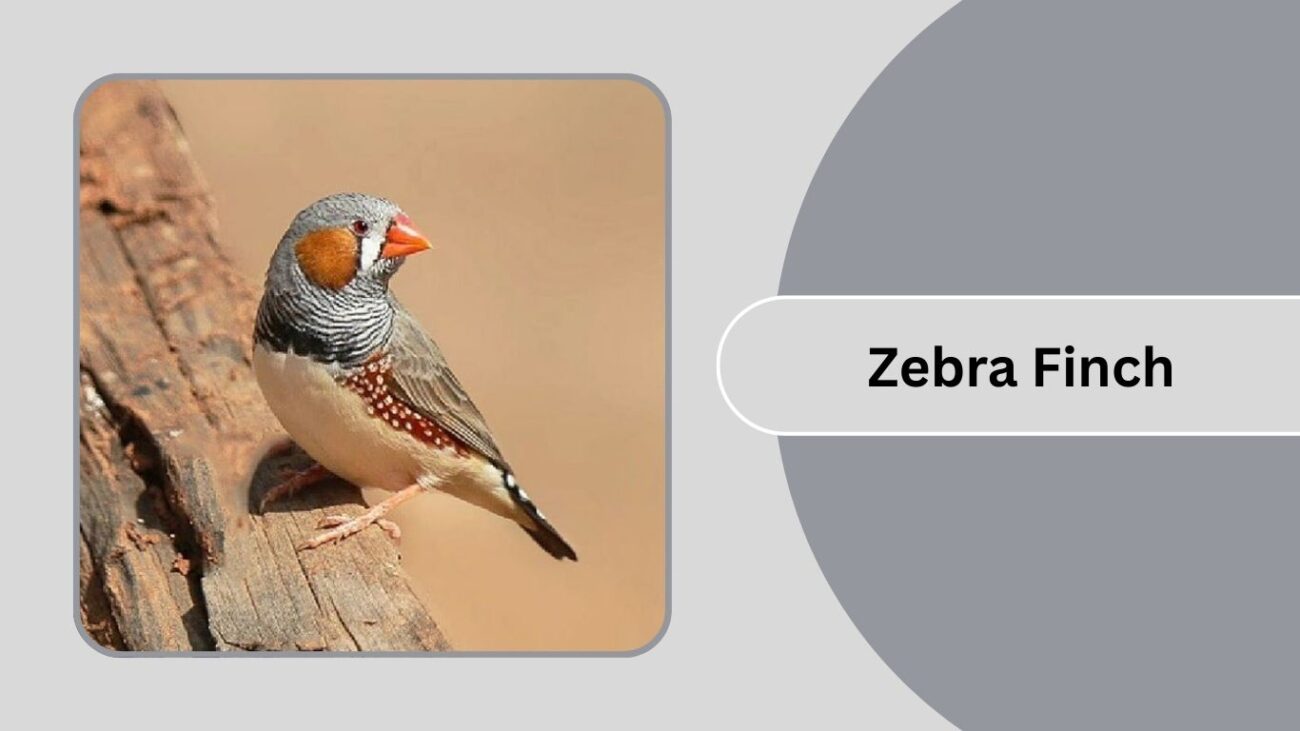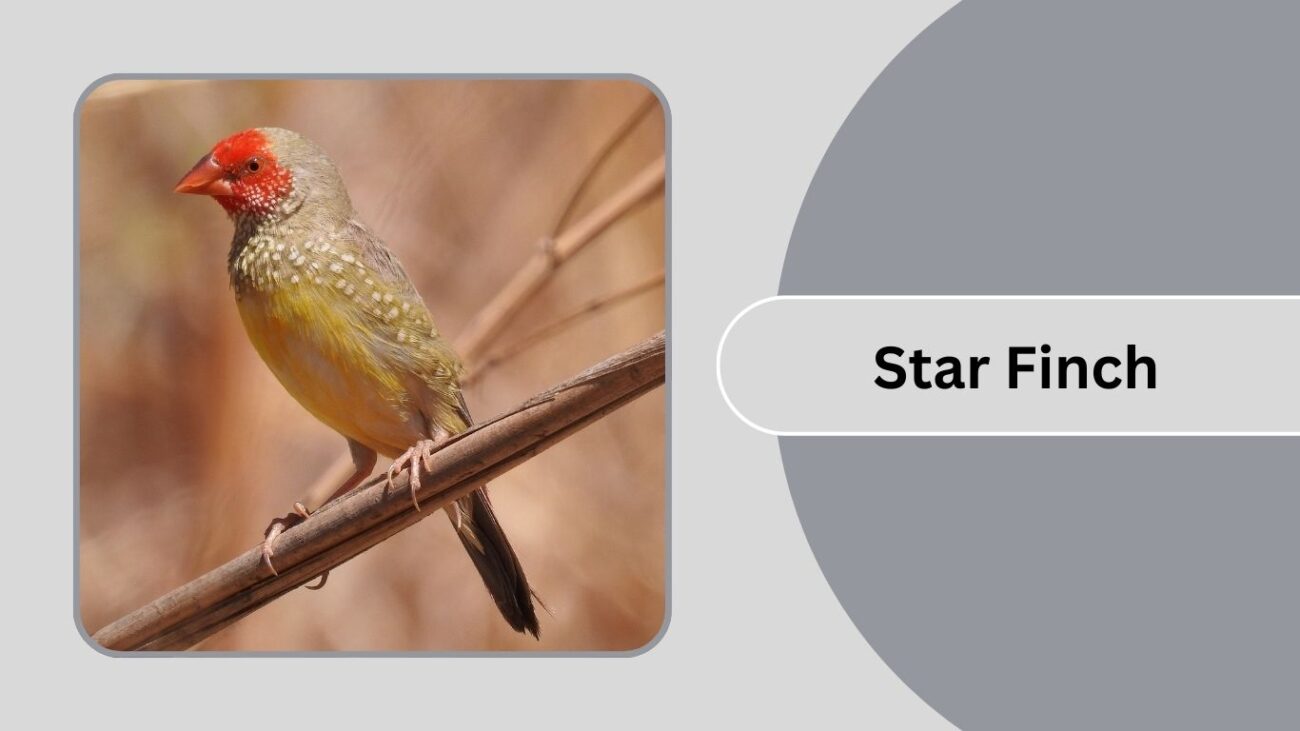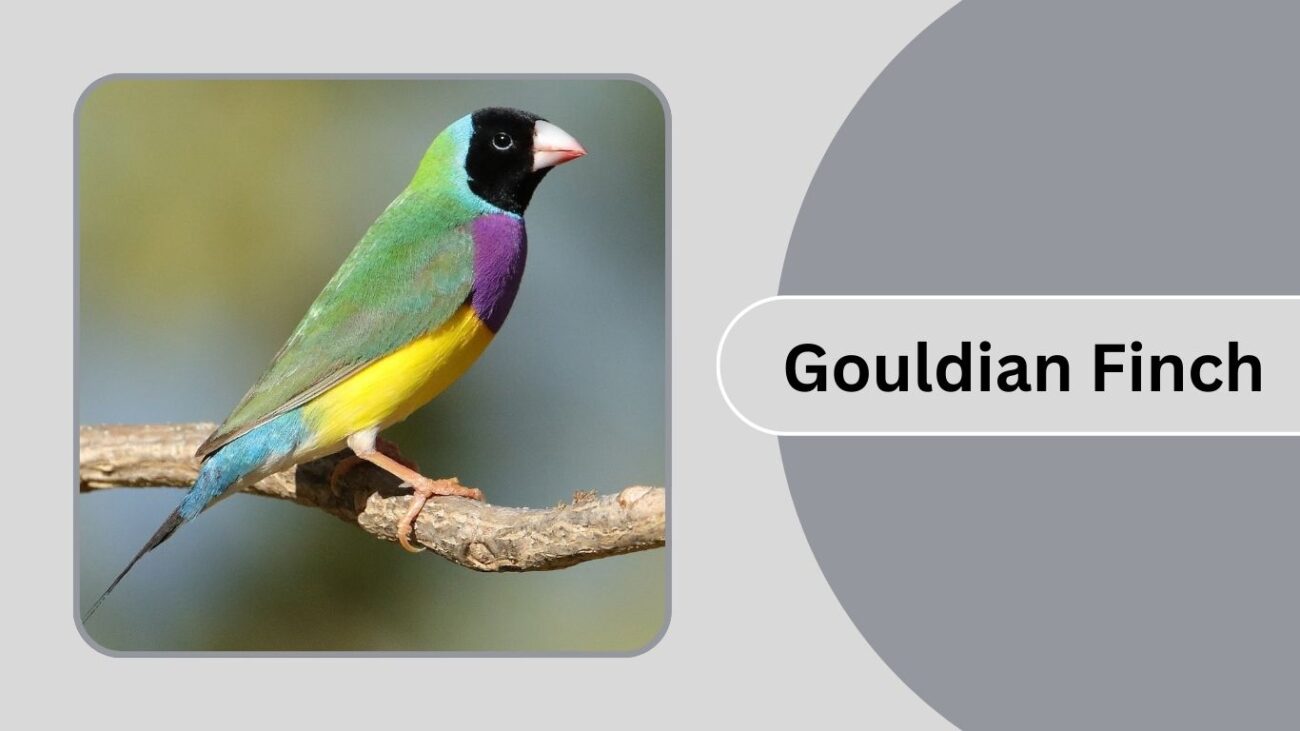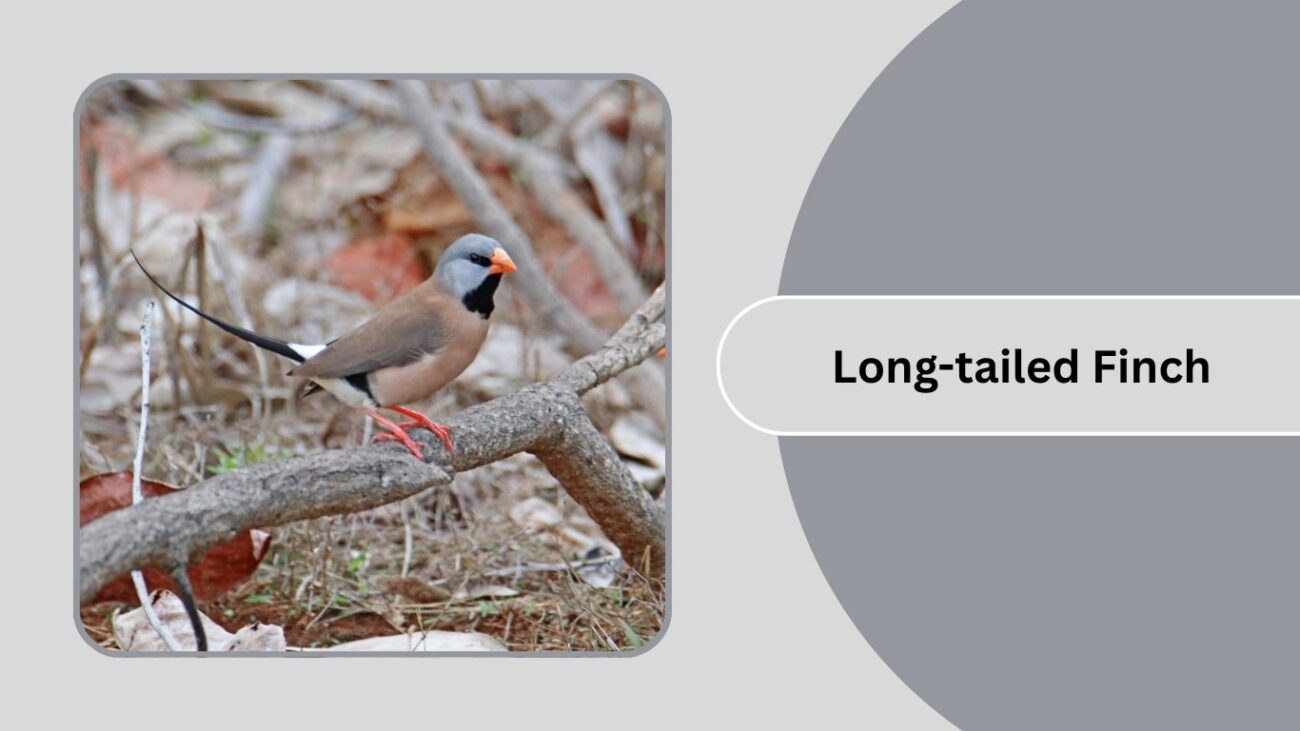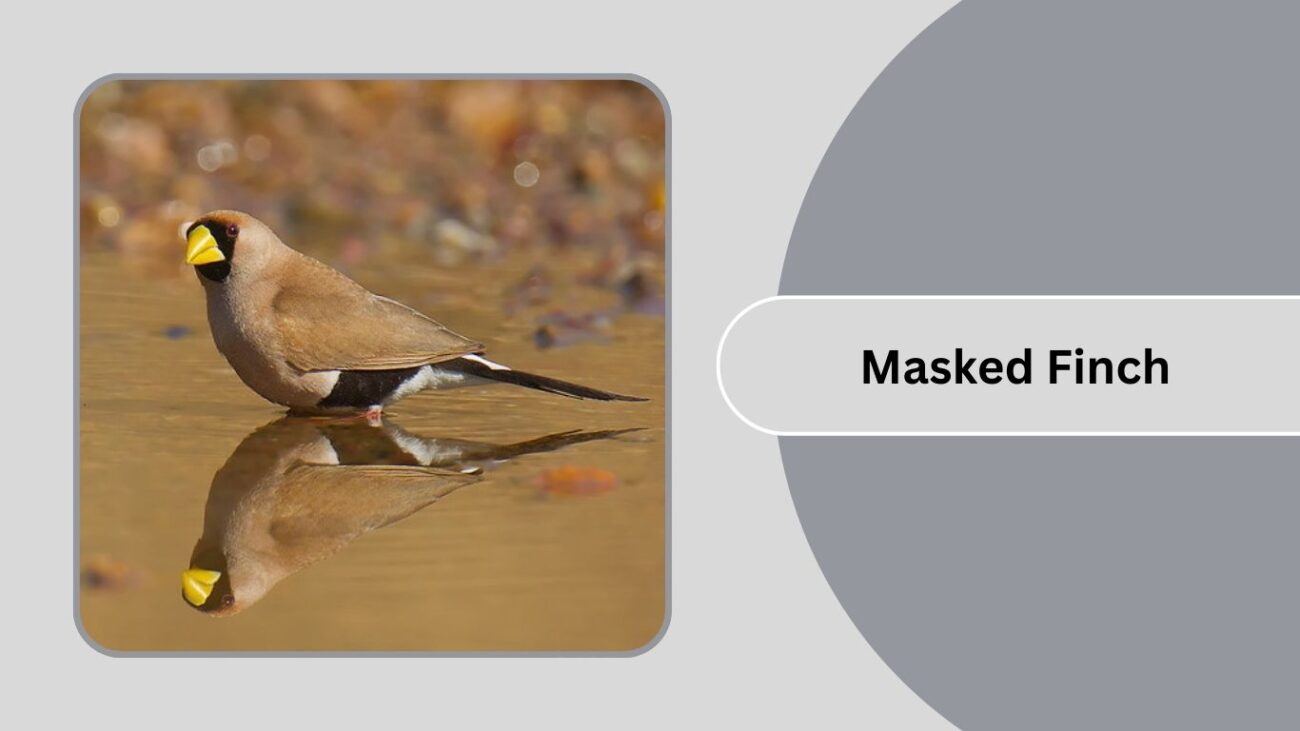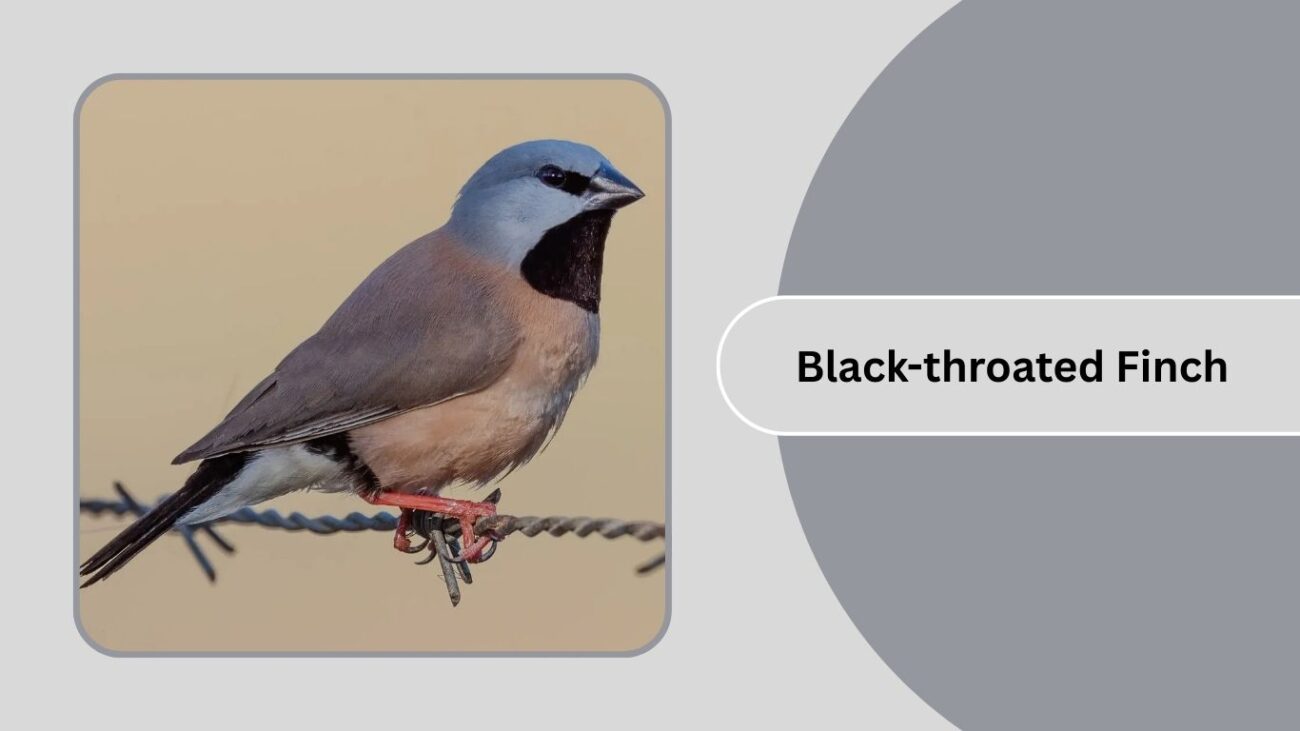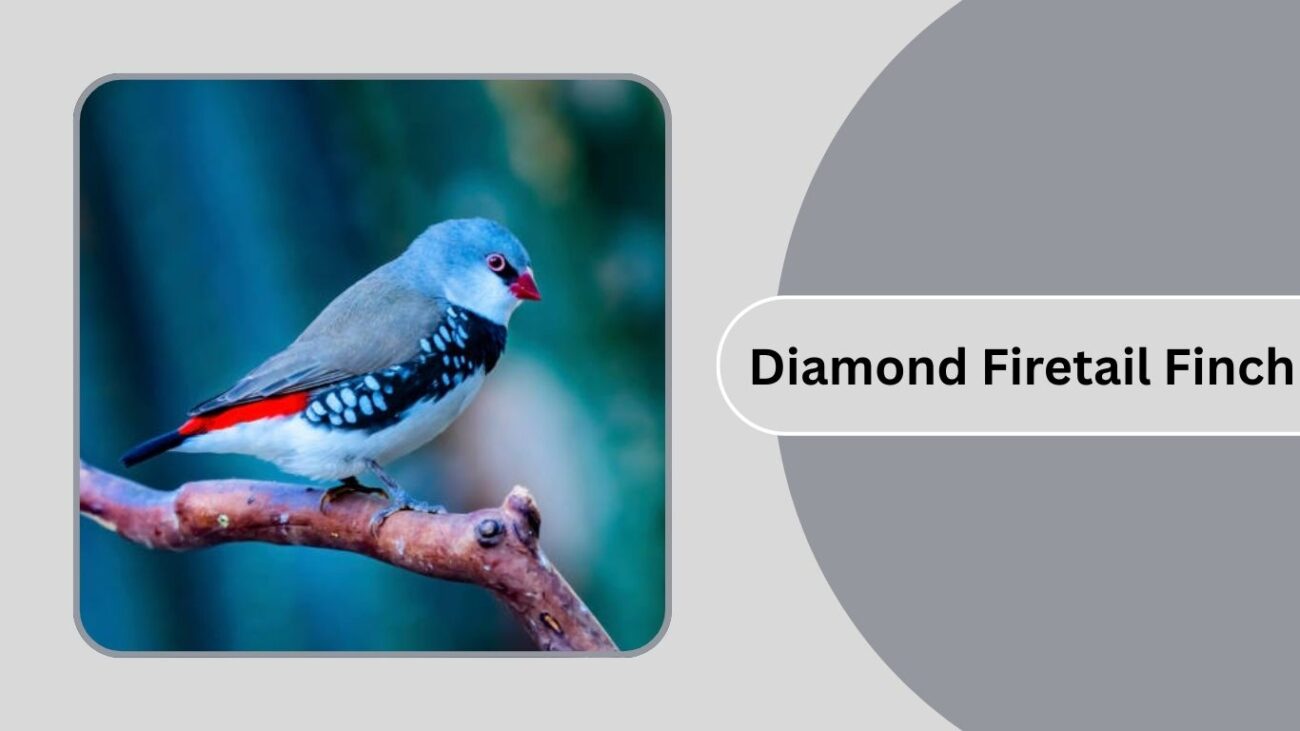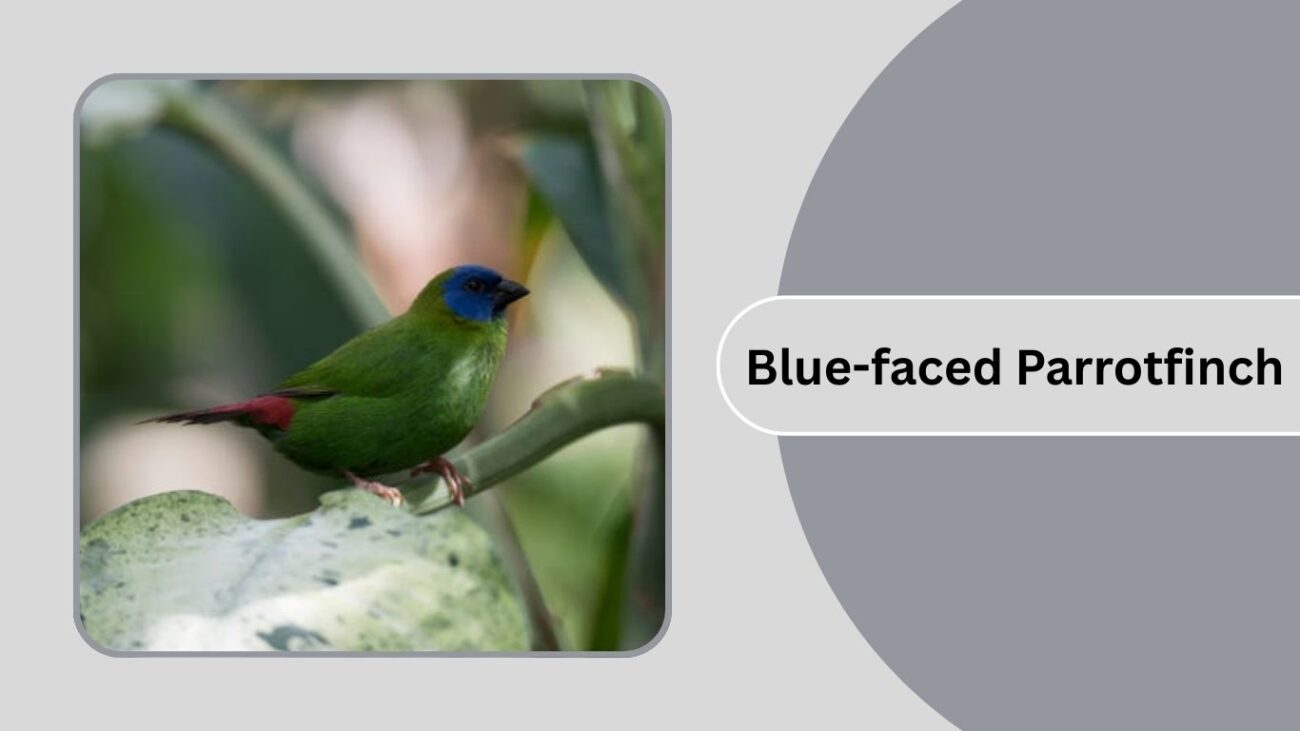Finches are a diverse group of small to medium-sized passerine birds found across the globe, celebrated for their vibrant colors, melodic songs, and adaptability to a wide range of habitats. From the colorful Gouldian finch of Australia to the hardy common redpoll of the Arctic, each species has unique markings, diets, and behaviors. This guide explores 27 finch species in detail, covering their identification, distribution, ecology, and feeding habits for bird enthusiasts and researchers alike.
1. House Finch
A widespread and adaptable finch commonly seen around homes, parks, and feeders. Males show warm red tones, while females are streaky brown. Originally from the western U.S. and Mexico, it now thrives across much of North America thanks to its flexible diet and urban-friendly habits.
Identification
- Scientific name: Haemorhous mexicanus
- Size: 12–15 cm (5–6 in); wingspan ~20–25 cm
- Male: Red forehead, throat, and chest; brown-streaked back and flanks
- Female: Overall brown and heavily streaked, no red
- Bill: Short, thick, conical (seed-cracking)
- Tail: Fairly long with a shallow notch
- Similar species: Purple Finch is bulkier with raspberry wash; House Finch has finer flank streaking
Habitat & Distribution
Common in cities, suburbs, farms, open woodlands, and desert edges. Native to the West, it spread rapidly after introduction to the East in the mid-20th century and now occurs across most of the continental U.S., parts of southern Canada, and Mexico.
Behavior & Ecology
Often in small flocks outside the breeding season, visiting feeders and foraging on the ground or perches. Highly tolerant of human presence; males deliver lively, variable songs from exposed perches to establish territory and attract mates.
Diet
Primarily seeds (sunflower, millet, weed seeds) plus buds, fruits, and occasional insects. Carotenoid-rich foods (e.g., berries) intensify male red coloration, which can vary from orange to yellow depending on diet.
2. Purple Finch
Often described as looking like a “sparrow dipped in raspberry juice,” the purple finch is a colorful and robust songbird found across North America. Males are awash in a rosy-red hue, while females display elegant brown streaks and bold facial markings. They are more common in forests and rural areas than their close relative, the house finch.
Identification
- Scientific Name: Haemorhous purpureus
- Size: 12–16 cm (4.7–6.3 in); wingspan ~22–26 cm
- Male: Rosy-red head, breast, and back, blending into brown wings and tail
- Female: Brown overall with heavy streaking and a distinct white eyebrow
- Bill: Short, thick, conical for seed-cracking
- Tail: Slightly notched and medium length
- Similar Species: House finch males have more orange-red color and streaked flanks; purple finch males have a more uniform wash of raspberry
Habitat & Distribution
Prefers mixed and coniferous forests, forest edges, orchards, and rural yards. Breeds across southern Canada, the northeastern U.S., and the Pacific Coast; winters throughout the eastern U.S., the West Coast, and parts of the southern states.
Behavior & Ecology
More forest-oriented than house finches, often foraging high in trees. Moves in small flocks, especially in winter. Males sing rich, warbling songs from perches to defend territory and attract mates.
Diet
Eats seeds from trees (such as conifers), buds, berries, and some insects. Also visits feeders for sunflower seeds and millet, especially during migration and winter.
3. Cassin’s Finch
A high-mountain songbird of the American West, Cassin’s finch is known for its rosy pink hues and sweet, rolling song. It is closely related to the purple finch but has subtler coloring and a preference for coniferous forests in mountainous regions.
Identification
- Scientific Name: Haemorhous cassinii
- Size: 15–16 cm (6–6.3 in); wingspan ~25–27 cm
- Male: Pinkish-red crown, throat, and breast; brown-streaked back and wings; color fades into white underparts
- Female: Brown overall with fine streaking on breast and flanks; no red tones
- Bill: Medium-length, conical, slightly longer than in purple finch
- Tail: Slightly notched, medium length
- Similar Species: Purple finch is more raspberry-colored overall; Cassin’s shows more contrast with a paler belly and a peaked crown
Habitat & Distribution
Breeds in coniferous and mixed forests of the western U.S. and southwestern Canada, especially in mountain ranges. Winters at lower elevations, sometimes visiting feeders in towns and rural areas.
Behavior & Ecology
Typically found in small flocks, foraging high in trees for seeds, buds, and insects. Males sing a cheerful, warbling song from tall conifers during breeding season.
Diet
Feeds on conifer seeds, buds, berries, and insects. Will visit backyard feeders for sunflower seeds, particularly in winter.
4. American Goldfinch
Known for its bright, cheerful appearance and bouncy flight, the American goldfinch is a familiar sight at feeders and open fields. Males in breeding plumage are vivid yellow with a black cap, while females and winter males are more subdued in color. This species is unique among North American finches for molting into fresh, bright plumage in late spring.
Identification
- Scientific Name: Spinus tristis
- Size: 11–13 cm (4.3–5.1 in); wingspan ~19–22 cm
- Male (breeding): Brilliant yellow body, black forehead, black wings with white wing bars, white undertail
- Female (breeding): Olive-yellow body, duller wings with white bars, no black cap
- Nonbreeding (both sexes): Olive-brown overall with pale yellow face and underparts
- Bill: Short, conical, and pinkish in summer (turns gray in winter)
- Tail: Slightly forked with white markings
- Similar Species: Lesser goldfinch is smaller, with more black on back and wings
Habitat & Distribution
Inhabits weedy fields, meadows, orchards, open floodplains, and suburban gardens. Found across most of North America, breeding from southern Canada through the U.S., and wintering as far south as Mexico.
Behavior & Ecology
Highly social, often in flocks year-round except during nesting. Noted for an undulating flight pattern and a distinctive “per-chick-o-ree” call in flight. Nests late in summer to coincide with peak seed availability.
Diet
Feeds primarily on seeds, especially from thistles, sunflowers, asters, and dandelions. Occasionally takes tree buds and a few insects. Common visitor to seed feeders, especially for nyjer and sunflower seeds.
5. Lesser Goldfinch
The lesser goldfinch is a small, lively finch often found in flocks across the western and southwestern United States, Mexico, and Central America. Males are striking with bright yellow underparts and varying amounts of black on the back, while females are more subdued in color. Their constant chattering and acrobatic feeding habits make them easy to spot.
Identification
- Scientific Name: Spinus psaltria
- Size: 10–11 cm (3.9–4.3 in); wingspan ~18–20 cm
- Male: Bright yellow underparts; black cap and wings with white wing bars; back may be black (western populations) or green (eastern/southern populations)
- Female: Olive-yellow underparts, olive-green back, dusky wings with pale wing bars
- Bill: Small, short, and conical
- Tail: Short, slightly notched with white edges
- Similar Species: American goldfinch is larger and has a stronger contrast between black and yellow
Habitat & Distribution
Inhabits open woodlands, scrub, gardens, orchards, and riparian areas. Found from the southwestern U.S. through Mexico and into northern South America. Prefers areas with abundant seed-bearing plants.
Behavior & Ecology
Very social, often foraging in flocks with other finches. Known for hanging upside down to feed on seed heads. Males produce a cheerful, twittering song and participate in group flights with constant calls.
Diet
Feeds primarily on seeds from sunflowers, dandelions, thistles, and other weeds. Occasionally eats buds, fruits, and insects. Regular visitor to backyard feeders, especially for nyjer and sunflower seeds.
6. Lawrence’s Goldfinch
A subtle yet beautiful finch native to the southwestern U.S. and Mexico, Lawrence’s goldfinch is easily recognized by its soft gray body and bright yellow accents. Unlike many other finches, its distribution can shift dramatically from year to year depending on food availability.
Identification
- Scientific Name: Spinus lawrencei
- Size: 10–13 cm (4–5 in); wingspan ~20–23 cm
- Male: Gray overall with bright yellow breast and wing patches; black face and chin; white-edged wings and tail
- Female: Similar gray and yellow pattern but lacks the black face and has duller colors
- Bill: Small, short, and conical
- Tail: Medium length with white edges
- Similar Species: American goldfinch is more vividly yellow overall; lesser goldfinch has darker upperparts and smaller body
Habitat & Distribution
Prefers arid scrub, open oak woodlands, and grasslands with nearby water sources. Breeds mainly in California and Baja California, migrating in winter to Arizona, New Mexico, and northern Mexico.
Behavior & Ecology
Nomadic tendencies lead to unpredictable yearly movements. Often found in small flocks, sometimes mixing with other goldfinches. Song is a series of high, tinkling notes, and males display fluttering flights during courtship.
Diet
Primarily consumes seeds from native plants like fiddleneck and chamise, along with buds and some insects. Frequently forages in weedy fields and visits feeders stocked with nyjer or sunflower seeds.
7. Pine Siskin
A small, streaky-brown finch with a sharp, buzzy call, the pine siskin is an energetic forager often found in flocks. It is famous for its irruptive winter migrations, appearing in huge numbers some years and scarcely at all in others, depending on seed crops in northern forests.
Identification
- Scientific Name: Spinus pinus
- Size: 11–14 cm (4.3–5.5 in); wingspan ~18–22 cm
- Male & Female: Brown-streaked overall with subtle yellow patches on wings and tail; slender, pointed bill; slightly notched tail
- Bill: More slender and pointed than most finches
- Tail: Short, forked with yellow sides visible in flight
- Similar Species: Female house finch is larger and has a thicker bill; American goldfinch in winter lacks heavy streaking
Habitat & Distribution
Prefers coniferous and mixed forests, forest edges, and weedy fields. Breeds in Canada, Alaska, and the northern U.S., with irruptive winter movements that can extend into the southern U.S. and Mexico.
Behavior & Ecology
Highly social, often forming tight flocks that forage in treetops and visit feeders. Their flight call is a rising, scratchy “zreeee,” easily heard overhead. They can hang upside down to reach seeds on plants.
Diet
Feeds mainly on seeds from conifers (spruce, pine, alder, birch), along with buds and small insects. Readily visits feeders for nyjer and sunflower seeds, especially in large flocks during winter irruptions.
8. Common Redpoll
A hardy little finch of the far north, the common redpoll is adapted to survive extreme cold and long winters. These birds are highly nomadic in winter, often appearing in large flocks far south of their breeding range when food is scarce up north.
Identification
- Scientific Name: Acanthis flammea
- Size: 12–14 cm (4.7–5.5 in); wingspan ~19–22 cm
- Male: Brown-streaked upperparts, pale underparts with pink wash on breast, small red forehead patch, black chin, and yellow bill
- Female: Similar to male but lacks pink breast coloration
- Bill: Small, conical, and yellow with a dark tip
- Tail: Short and notched
- Similar Species: Hoary redpoll is paler with less streaking; siskins have yellow highlights instead of red
Habitat & Distribution
Breeds in Arctic tundra, dwarf birch stands, and northern boreal forests across Alaska, Canada, Scandinavia, and Russia. In winter, irrupts southward into the northern U.S., Europe, and Asia, often visiting feeders.
Behavior & Ecology
Forms large, tight flocks in winter, often mixing with other finches. Very active, frequently hanging upside down to reach seeds. Roosts in snow tunnels to stay warm during extreme cold.
Diet
Feeds mainly on seeds from birch, alder, and willow, plus grass and weed seeds. Occasionally eats insects, especially in summer. Readily visits feeders for nyjer and other small seeds during irruptive winters.
9. Hoary Redpoll
A pale, Arctic-dwelling finch, the hoary redpoll is closely related to the common redpoll but stands out with its frosty appearance. It is well adapted to the extreme cold and is often seen in mixed flocks with common redpolls during winter movements.
Identification
- Scientific Name: Acanthis hornemanni
- Size: 12–14 cm (4.7–5.5 in); wingspan ~20–23 cm
- Male: Very pale overall with white underparts, fine streaking on flanks, small red forehead patch, and sometimes a faint pink breast wash
- Female: Similar to male but without pink tones and slightly darker streaking
- Bill: Small, conical, and yellow with a dark tip
- Tail: Short, notched
- Similar Species: Common redpoll is darker and more streaked; hoary has a whiter rump and less flank streaking
Habitat & Distribution
Breeds in the high Arctic tundra of North America, Greenland, and Eurasia. Winters slightly farther south but often remains in subarctic regions unless forced southward in irruption years.
Behavior & Ecology
Highly social in winter, joining large flocks of redpolls. Very active and acrobatic while foraging, often clinging to seed heads and hanging upside down.
Diet
Primarily eats seeds from birch, alder, and willow, supplemented with grass seeds and some insects during summer. Will visit feeders for nyjer and other small seeds during irruptive winters.
10. Eurasian Bullfinch
A plump, soft-colored finch of Europe and Asia, the Eurasian bullfinch is admired for its quiet demeanor and striking plumage. Males are especially eye-catching with bright rose-red underparts, while females have a warm brown wash. Known for their gentle calls rather than elaborate songs, they are often seen in pairs or small family groups.
Identification
- Scientific Name: Pyrrhula pyrrhula
- Size: 14–16 cm (5.5–6.3 in); wingspan ~22–26 cm
- Male: Pinkish-red breast and belly, black cap, face, and tail; blue-gray back; white rump
- Female: Warm brown underparts with similar black cap and wings
- Bill: Short, stubby, and black, ideal for crushing seeds
- Tail: Medium length, straight-edged
- Similar Species: Azores bullfinch (endemic to the Azores) is duller and less brightly marked
Habitat & Distribution
Common in mixed woodlands, forest edges, orchards, hedgerows, and gardens. Breeds across much of Europe and Asia, from the British Isles to Japan, with some populations migrating south in winter.
Behavior & Ecology
Usually seen in pairs or small groups rather than large flocks. Known for their soft, mournful “peu” call. They are shy and often stay hidden in foliage, coming out quietly to feed.
Diet
Feeds mainly on seeds, buds, and berries. In spring, also consumes flower buds, which can make them a minor pest in orchards. Will occasionally visit feeders for sunflower seeds and fruit.
11. Hawfinch
A large, powerful finch native to Europe and parts of Asia, the hawfinch is best known for its massive bill, which can crack even the hardest seeds and cherry stones. Despite its size and striking features, it is a secretive bird that often remains hidden high in the treetops.
Identification
- Scientific Name: Coccothraustes coccothraustes
- Size: 16.5–18 cm (6.5–7 in); wingspan ~29–33 cm
- Male & Female: Massive pale bill (bluish in summer, horn-colored in winter), thick neck, large head, and short tail; rich orange-brown head and body, black throat patch, blue-gray nape, bold black-and-white wings
- Bill: Exceptionally strong, conical, and broad at the base
- Tail: Short with white tips
- Similar Species: No other European finch matches its size and bill strength
Habitat & Distribution
Prefers mature deciduous and mixed woodlands, particularly with hornbeam, cherry, and beech trees. Breeds across Europe, North Africa, and temperate Asia. Mostly resident, but northern populations migrate south in winter.
Behavior & Ecology
Generally shy and quiet, often feeding high in trees and dropping seed shells to the ground below. Flight is strong and direct, with bold wing markings visible in motion.
Diet
Feeds mainly on large seeds, cherry stones, plum pits, and kernels from beech and hornbeam. Uses its powerful bill to crack seeds that most birds cannot manage. Also eats buds, shoots, and some insects, especially for young chicks.
12. Brambling
A striking migratory finch, the brambling breeds in the far north and winters across much of Europe and parts of Asia. Known for its bold orange breast and patterned wings, it often forms large mixed flocks with chaffinches during the nonbreeding season.
Identification
- Scientific Name: Fringilla montifringilla
- Size: 14–16 cm (5.5–6.3 in); wingspan ~25–28 cm
- Male (breeding): Black head, back, and tail; bright orange breast and shoulders; white belly; mottled wings with white wing bars
- Male (nonbreeding): Head mottled with brown and black, softer orange breast
- Female: Brown head and back with orange breast; less vivid than males
- Bill: Short, conical; yellow in winter, black in summer
- Tail: Medium length, slightly forked
- Similar Species: Chaffinch has more pinkish underparts and less contrast on the back
Habitat & Distribution
Breeds in birch and coniferous forests of Scandinavia, Russia, and northern Asia. Migrates south in winter to Europe, North Africa, the Middle East, and parts of East Asia.
Behavior & Ecology
Forms large winter flocks, sometimes numbering in the millions, especially in areas with abundant beech mast. Often feeds on the ground, moving in unison with the flock.
Diet
Feeds mainly on seeds, especially beech mast in winter. In summer, switches to insects and larvae to feed chicks. Will occasionally visit feeders for sunflower and mixed seeds during migration or winter.
13. Chaffinch
One of Europe’s most familiar and widespread finches, the chaffinch is a colorful and energetic songbird found in woodlands, gardens, and parks. Males are especially striking in spring, with a mix of pink, blue, and green tones, while females are more subtly patterned for camouflage.
Identification
- Scientific Name: Fringilla coelebs
- Size: 14–16 cm (5.5–6.3 in); wingspan ~24–28 cm
- Male (breeding): Pinkish-orange breast and cheeks, blue-gray crown and nape, greenish back, black-and-white wings, and white outer tail feathers
- Male (nonbreeding): Colors duller, with more brownish tones
- Female: Gray-brown overall with paler underparts, black-and-white wings, and white outer tail feathers
- Bill: Short, conical; bluish in summer, horn-colored in winter
- Tail: Medium length, slightly forked
- Similar Species: Brambling has an orange breast but a white belly and bolder wing contrast
Habitat & Distribution
Widespread in Europe, North Africa, and western Asia. Prefers woodlands, hedgerows, gardens, and farmland edges. Many northern birds migrate south in winter, while others remain year-round in milder climates.
Behavior & Ecology
Active and vocal, with a loud, descending song often delivered from a perch. Forages on the ground or in low vegetation, sometimes in mixed flocks during winter.
Diet
Primarily eats seeds and plant material in winter, switching to insects and caterpillars in summer to feed chicks. Regularly visits garden feeders for sunflower seeds and mixed seed blends.
14. Greenfinch
A robust, brightly colored finch of Europe, North Africa, and western Asia, the greenfinch is instantly recognizable by its olive-green plumage and flashes of yellow on the wings and tail. Once a common garden bird, its numbers have declined in recent years due to disease, but it remains a familiar sight at feeders and in hedgerows.
Identification
- Scientific Name: Chloris chloris
- Size: 14–16 cm (5.5–6.3 in); wingspan ~24–27 cm
- Male: Olive-green overall with bright yellow wing bars and yellow edges on tail feathers
- Female: Duller olive-brown with less yellow, slightly streaked on underparts
- Bill: Large, strong, and pale, adapted for cracking tough seeds
- Tail: Medium length, slightly forked
- Similar Species: Siskin is smaller with more streaking; greenfinch is bulkier with stronger bill
Habitat & Distribution
Prefers woodland edges, farmland hedgerows, gardens, and parks. Found throughout Europe, parts of North Africa, and western Asia. Largely resident, with some seasonal movement in northern populations.
Behavior & Ecology
Often forms noisy flocks outside the breeding season, sometimes mixing with other finches. Males display fluttering song flights in spring. Known for its wheezy, trilling call and sharp “chew” notes.
Diet
Feeds mainly on seeds, especially from plants like dandelion, chickweed, and sunflower. Also takes berries and buds, and will readily visit garden feeders for sunflower seeds and peanuts.
15. Siskin
A small, lively finch with bright yellow and black markings, the siskin is a common sight in Europe and parts of Asia, especially during the winter months when it visits feeders in large flocks. Agile and restless, it often feeds upside down while picking seeds from catkins.
Identification
- Scientific Name: Spinus spinus
- Size: 11–12.5 cm (4.3–4.9 in); wingspan ~20–23 cm
- Male: Yellow-green body, black cap, black bib, and black wings with bold yellow wing bars
- Female: Duller olive-brown with fine streaking and yellow wing bars, lacks black cap
- Bill: Small, pointed, and conical
- Tail: Forked with yellow edges
- Similar Species: Greenfinch is larger and bulkier; siskin is slimmer with more yellow and streaking
Habitat & Distribution
Breeds in coniferous and mixed woodlands across Europe and parts of Asia. In winter, moves to lower elevations and visits gardens, farmland edges, and parks. Northern and eastern populations migrate south in winter.
Behavior & Ecology
Active and acrobatic, often clinging to cones or dangling from twigs while feeding. Males perform fluttering song flights in spring. Their calls are high, twittering notes often heard before the flock is seen.
Diet
Feeds primarily on seeds from alder, birch, and conifers, as well as buds and some insects in summer. Readily visits feeders for sunflower hearts and nyjer seed, especially during cold weather.
16. Twite
A hardy, sparrow-like finch, the twite is a specialist of open moorland and coastal grassland. Unlike many finches, it lacks bright plumage, instead relying on cryptic colors that blend with its windswept habitats. Its thin, nasal call often gives away its presence in flocks during winter.
Identification
- Scientific Name: Linaria flavirostris
- Size: 13–14 cm (5.1–5.5 in); wingspan ~21–25 cm
- Male & Female: Brown-streaked upperparts, buff underparts, and a small yellow bill; pale wing bars and a long, notched tail; breeding males have a pink rump
- Bill: Small, short, and yellowish, turning darker in winter
- Tail: Long and deeply notched
- Similar Species: Linnet is similar but has more reddish tones in breeding plumage and a white-edged tail
Habitat & Distribution
Breeds on upland moors, heathlands, and coastal grasslands, especially in Scotland, Northern England, Ireland, and parts of Scandinavia. Winters in lowland farmland, saltmarshes, and coastal plains, often forming large flocks.
Behavior & Ecology
Highly social outside the breeding season, moving in tight flocks and feeding mostly on the ground. Known for its restless flight and distinctive, twanging “tweee-it” call.
Diet
Feeds mainly on small seeds from grasses and weeds, such as dandelion and thistle. During summer, may also take insects to feed chicks. Regularly forages in weedy stubble fields during winter.
17. Linnet
A graceful, melodic finch, the linnet is well-known for its sweet, warbling song and fondness for open countryside. Breeding males display striking red tones, while females and winter males are more subtly patterned, helping them blend into fields and hedgerows.
Identification
- Scientific Name: Linaria cannabina
- Size: 13–14 cm (5.1–5.5 in); wingspan ~21–25 cm
- Male (breeding): Brown upperparts, gray head, bright red breast, and red forehead; white-edged wings and tail
- Male (nonbreeding): Duller, with reduced red coloration
- Female: Brown-streaked overall with buff underparts, lacking red tones
- Bill: Short, conical, and grayish
- Tail: Long, forked, with white edges
- Similar Species: Twite is plainer with a yellow bill; linnet has more white edging on wings and tail
Habitat & Distribution
Prefers open farmland, heathland, coastal dunes, and areas with abundant seed plants. Found across Europe, North Africa, and western Asia, with some seasonal migration south in colder regions.
Behavior & Ecology
Often seen in flocks outside the breeding season, feeding on the ground or perched on seed heads. Males sing from prominent perches or in flight during courtship displays.
Diet
Feeds primarily on seeds from weeds and grasses, particularly from the daisy and crucifer fam
18. Crimson Finch
A vibrant finch of northern Australia and New Guinea, the crimson finch is known for its intense scarlet plumage and long tail. It thrives in wetland and grassland habitats, often near rivers and floodplains, where it forages in small, noisy flocks.
Identification
- Scientific Name: Neochmia phaeton
- Size: 13–14 cm (5.1–5.5 in)
- Male: Brilliant crimson body with black wings and tail; long graduated tail; black lores and chin
- Female: Duller brownish-red body, less vivid than male, with gray-brown wings and tail
- Bill: Short, conical, and red
- Tail: Long and pointed
- Similar Species: Star finch has red restricted to the face and more spotted underparts
Habitat & Distribution
Inhabits tall grasses, reeds, and shrublands near freshwater swamps, rivers, and floodplains. Found in tropical northern Australia and southern New Guinea.
Behavior & Ecology
Often in pairs or small flocks, moving through grass and reeds while foraging. Very vocal with sharp, metallic calls. Nests are domed with side entrances, built low in thick vegetation.
Diet
Feeds on grass seeds, small insects, and other plant material. Often forages on the ground or clings to seed heads. Regularly seen near water sources, especially during the dry season.
ilies. During breeding season, also consumes small insects to feed chicks.
19. Zebra Finch
One of the world’s most popular and widely studied finches, the zebra finch is a small, active bird native to Australia and parts of Indonesia. Its bold facial markings and cheerful calls make it a favorite among aviculturists and researchers alike.
Identification
- Scientific Name: Taeniopygia guttata
- Size: 10–11 cm (3.9–4.3 in)
- Male: Gray back, white underparts, black-and-white barred tail; bright orange cheek patches; black tear-like eye stripe; chestnut flanks with white spots
- Female: Similar but lacks cheek patches and chestnut flanks; more subdued markings
- Bill: Short, conical, and red in males, orange in females
- Tail: Short and square with black-and-white barring
- Similar Species: Double-barred finch is paler with bold black breast bars
Habitat & Distribution
Common in grasslands, open woodlands, and arid scrublands across most of Australia, also found in Lesser Sunda Islands of Indonesia. Thrives in areas near water and often lives close to human settlements.
Behavior & Ecology
Highly social and often in flocks. Known for rapid breeding in response to rainfall. Males sing to attract females and establish bonds. Their complex songs have made them a model species for studies in animal communication.
Diet
Feeds primarily on grass seeds, supplemented with small insects, especially when raising chicks. Forages mostly on the ground and drinks frequently, often visiting waterholes in large groups.
20. Double-barred Finch
A small, neat finch from northern and eastern Australia, the double-barred finch is also called the “owl finch” due to its facial markings. Its gentle temperament and sociable nature make it a popular aviary bird, but it is equally charming in the wild.
Identification
- Scientific Name: Taeniopygia bichenovii
- Size: 10–11 cm (3.9–4.3 in)
- Male & Female: White face encircled by a black ring (“owl-like” mask); brown upperparts, white underparts, black breast band, black-and-white barred rump, and long black tail with white tips
- Bill: Small, conical, and gray-blue
- Tail: Medium length and pointed
- Similar Species: Zebra finch has orange cheek patches and lacks the full facial ring
Habitat & Distribution
Inhabits grasslands, savannas, open woodlands, and farmland with scattered trees. Found mainly in northern and eastern Australia, especially near water sources.
Behavior & Ecology
Lives in small flocks or pairs, moving between grass seeds and waterholes. Known for its quiet, trilling calls and strong pair bonds. Often nests in shrubs or grass clumps, sometimes using old nests of other birds.
Diet
Feeds on grass seeds, occasionally supplemented with small insects and green plant material. Forages mostly on the ground but will perch to pluck seeds from standing stems.
21. Star Finch
A colorful and distinctive Australian finch, the star finch is named for the tiny white spots sprinkled across its face, resembling a starry sky. This species favors grassy habitats near water and is often found in small, social flocks.
Identification
- Scientific Name: Neochmia ruficauda
- Size: 11–12 cm (4.3–4.7 in)
- Male: Bright red face with small white spots, olive-green back, yellow underparts, and finely spotted flanks
- Female: Similar but with a duller red or orangish face, sometimes reduced spotting
- Bill: Short, conical, and red
- Tail: Short and square, often tinged red
- Similar Species: Crimson finch is larger with more extensive red plumage; star finch has a spotted face and flanks
Habitat & Distribution
Prefers tall grasses, reeds, and shrublands near rivers, swamps, and waterholes. Found mainly in northern Australia, especially in tropical and subtropical regions.
Behavior & Ecology
Highly social, often foraging in flocks for seeds while keeping close to cover. Communicates with soft, high-pitched calls and is quick to fly to safety if disturbed.
Diet
Feeds mostly on grass seeds and some small insects. Forages on the ground or directly from seed heads, often staying near water sources in dry climates.
22. Gouldian Finch
Renowned for its dazzling, multi-colored plumage, the Gouldian finch is one of the most striking birds in the world. Native to Australia, it inhabits tropical savannas and is often called the “rainbow finch” due to its brilliant color combinations.
Identification
- Scientific Name: Erythrura gouldiae
- Size: 12–14 cm (4.7–5.5 in)
- Male: Bright green back, yellow belly, purple breast, and either a red, black, or (rarely) yellow head; turquoise nape
- Female: Similar but slightly duller in color and with a paler breast
- Bill: Pale with a red or orange tip depending on head color
- Tail: Long, pointed, and often with blue edges
- Similar Species: Blue-faced parrotfinch has predominantly green plumage with a blue face, lacking the Gouldian’s multi-color pattern
Habitat & Distribution
Found in northern Australia’s tropical savannas, especially in areas with open grasslands, scattered trees, and access to water. Populations are patchy and have declined due to habitat loss and wildfires.
Behavior & Ecology
Social and active, often in small flocks outside the breeding season. Breeds in tree hollows, often in loose colonies. Known for their quiet, high-pitched calls and rapid, darting flight.
Diet
Feeds primarily on grass seeds, especially sorghum and native species, supplemented with small insects during breeding season. Forages on the ground or clings to seed heads.
23. Long-tailed Finch
A graceful and sociable finch from northern Australia, the long-tailed finch is easily recognized by its elegant tail streamers and distinctive facial pattern. It thrives in open grassy woodlands and is often seen in flocks near water sources.
Identification
- Scientific Name: Poephila acuticauda
- Size: 15–16 cm (5.9–6.3 in), including the long tail streamers
- Male & Female: Warm brown upperparts, pale gray head, creamy underparts, black face mask, black throat bib, and long black tail with extended central feathers; orange bill
- Bill: Short, conical, and bright orange
- Tail: Very long with black central streamers, giving the species its name
- Similar Species: Masked finch has a darker face mask and lacks the extremely long tail streamers
Habitat & Distribution
Found in tropical savannas, grassy plains, and lightly wooded areas of northern Australia, particularly in the Kimberley region, Northern Territory, and parts of Queensland. Prefers areas near rivers, waterholes, or seasonal wetlands.
Behavior & Ecology
Highly social, often seen in small to medium-sized flocks, especially outside the breeding season. Breeds in tree hollows, often reusing old nests of other birds. They have a soft, high-pitched chattering call and a fluttering flight.
Diet
Feeds mainly on grass seeds, both from the ground and directly from seed heads. Will also take small insects, particularly during the breeding season to feed young. Frequently visits waterholes in the early morning and late afternoon to drink.
24. Masked Finch
A hardy, gregarious finch native to northern Australia, the masked finch is instantly recognizable by its dark facial mask and warm brown body. It thrives in the hot, dry tropics, often found in open grasslands near water sources.
Identification
- Scientific Name: Poephila personata
- Size: 12–13 cm (4.7–5.1 in)
- Male & Female: Warm brown upperparts and underparts, black face mask, black throat, and white rump; long black tail; bill is silvery-gray to bluish
- Bill: Short, strong, and pale bluish-gray
- Tail: Medium length and pointed, entirely black
- Similar Species: Long-tailed finch has orange bill and long central tail streamers; masked finch has a shorter tail and uniform black mask
Habitat & Distribution
Found in tropical northern Australia, particularly in the Northern Territory, Kimberley region, and parts of Queensland. Prefers dry open grasslands, savannas, and lightly wooded areas, but always close to permanent water sources.
Behavior & Ecology
Highly social and often in large flocks, sometimes with other finch species. Regularly visits waterholes in the early morning and late afternoon, where hundreds may gather to drink. Roosts communally in dense vegetation or low shrubs.
Diet
Feeds mainly on grass seeds, both from the ground and directly from seed heads. Also consumes small insects, especially when breeding. Foraging is mostly done in open ground near cover.
25. Black-throated Finch
A striking Australian finch with a black bib, the black-throated finch has experienced significant population decline due to habitat loss. It is now considered vulnerable, with much of its remaining population found in northern Queensland.
Identification
- Scientific Name: Poephila cincta
- Size: 10–11 cm (3.9–4.3 in)
- Male & Female: Warm brown upperparts, pale gray head, white underparts, and a bold black throat patch; black tail and pale bluish bill
- Bill: Small, conical, bluish-gray
- Tail: Short and black
- Similar Species: Masked finch has a full black face mask; black-throated finch has only a bib under the beak
Habitat & Distribution
Historically widespread across eastern Australia, now largely restricted to northern Queensland and small pockets further south. Prefers grassy woodlands and savanna habitats, often near water.
Behavior & Ecology
Usually in small flocks or pairs, but may gather in larger groups at water sources. Builds dome-shaped nests in shrubs or trees, often near grass seed sources.
Diet
Feeds mainly on native grass seeds, particularly from species like Chrysopogon and Panicum. Supplements diet with small insects during breeding season.
26. Diamond Firetail Finch
A stunning Australian finch, the diamond firetail is named for its brilliant red rump and bold white spots along its black flanks. It is one of the most striking members of the grassfinch group, combining beauty with a hardy nature suited to inland environments.
Identification
- Scientific Name: Stagonopleura guttata
- Size: 12–13 cm (4.7–5.1 in)
- Male & Female: Gray upperparts, white underparts, black breast band, flanks patterned with large white spots, bright red rump and bill, black tail
- Bill: Short, conical, and red
- Tail: Short and pointed, entirely black except for the red rump area
- Similar Species: Painted finch has more extensive red and yellow spotting; diamond firetail’s white flank spots are larger and more defined
Habitat & Distribution
Found in open woodlands, grasslands, and lightly timbered farmland in southeastern and eastern Australia. Often near water and areas with dense grasses for nesting material.
Behavior & Ecology
Often in pairs or small flocks, sometimes joining mixed groups of finches. Flight is swift and direct. Males perform fluttering song displays to attract mates. Builds dome-shaped grass nests, often in low shrubs or trees.
Diet
Feeds mainly on grass seeds, supplemented with small insects and green shoots during breeding season. Forages both on the ground and from seed heads.
27. Blue-faced Parrotfinch
A vivid, tropical finch, the blue-faced parrotfinch is admired for its bright green body and striking blue face. Its parrot-like bill and colorful plumage make it stand out among other finches, and it inhabits lush, humid environments.
Identification
- Scientific Name: Erythrura trichroa
- Size: 11–12 cm (4.3–4.7 in)
- Male: Bright green plumage, deep blue face and throat, red rump and tail; dark gray bill
- Female: Similar but with a duller blue face and slightly paler overall coloration
- Bill: Small, conical, dark gray to black
- Tail: Short with red base and black tip
- Similar Species: Gouldian finch is more multicolored; blue-faced parrotfinch has a uniform green back and distinct blue face
Habitat & Distribution
Found in tropical rainforests, forest edges, and bamboo thickets in northern Queensland, New Guinea, the Solomon Islands, and parts of Southeast Asia. Prefers areas rich in grass and bamboo seeds.
Behavior & Ecology
Often in pairs or small flocks, flitting through dense vegetation. Shy and quick to retreat if disturbed. Has a soft, high-pitched call and swift, darting flight.
Diet
Feeds on seeds of grasses and bamboo, as well as small insects and fruits. Often forages quietly in the understory, rarely venturing into open ground.

